RIGHTS OF THE CHILD OP-ED
UN General Comment provides a normative framework for climate justice for South Africa’s children
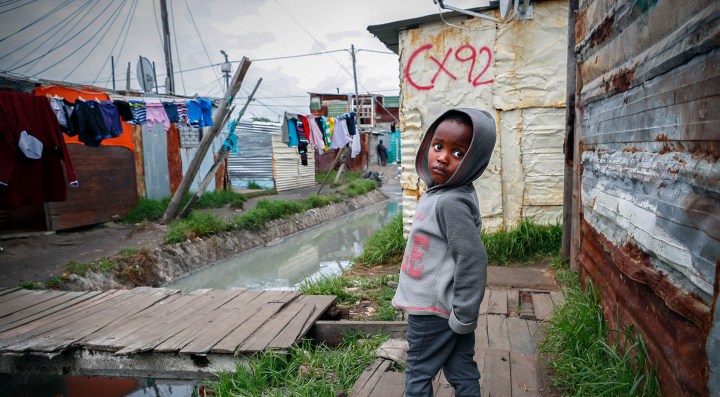
GC26 adopts an approach that is child-centred and identifies several different rights in the Convention of the Rights of the Child that are indivisible and interdependent and which the full enjoyment thereof is dependent on a healthy environment.
The existential threat that is climate change is upon us and our children and their children are set to pay a very heavy price for the sins of their fathers and forefathers. This is already evident in extreme weather patterns. News reports suggest that 2023 could be the hottest year on record and organisations like Unicef have warned that heatwaves are especially damaging to children, since they are less able to regulate their body temperature compared with adults, with babies and young children being at greater risk of heat-related mortality. Mitigation measures and adaptation plans to address this threat are therefore both urgent and necessary in South Africa as around the world.
On 22 August, the UN Committee on the Convention of the Rights of the Child (CRC) published General Comment 26 on “children’s rights and the environment, with a special focus on climate change”.
The General Comment (GC26) provides an extremely well-thought-through normative framework to guide South Africa (and other state parties to the CRC) to ensure the protection of children’s rights in the face of the climate crisis.
General Comments are published by the committees of UN treaty bodies and provide guidance on interpreting the provisions of the various treaties, or on actions required by states on thematic issues to ensure the implementation of their obligations under a treaty.
GC26 adopts an approach that is child-centred and identifies several different rights in the CRC that are indivisible and interdependent and which the full enjoyment thereof is dependent on a healthy environment. These rights together with the concomitant obligations on the state to protect these rights are expounded on in the GC26.
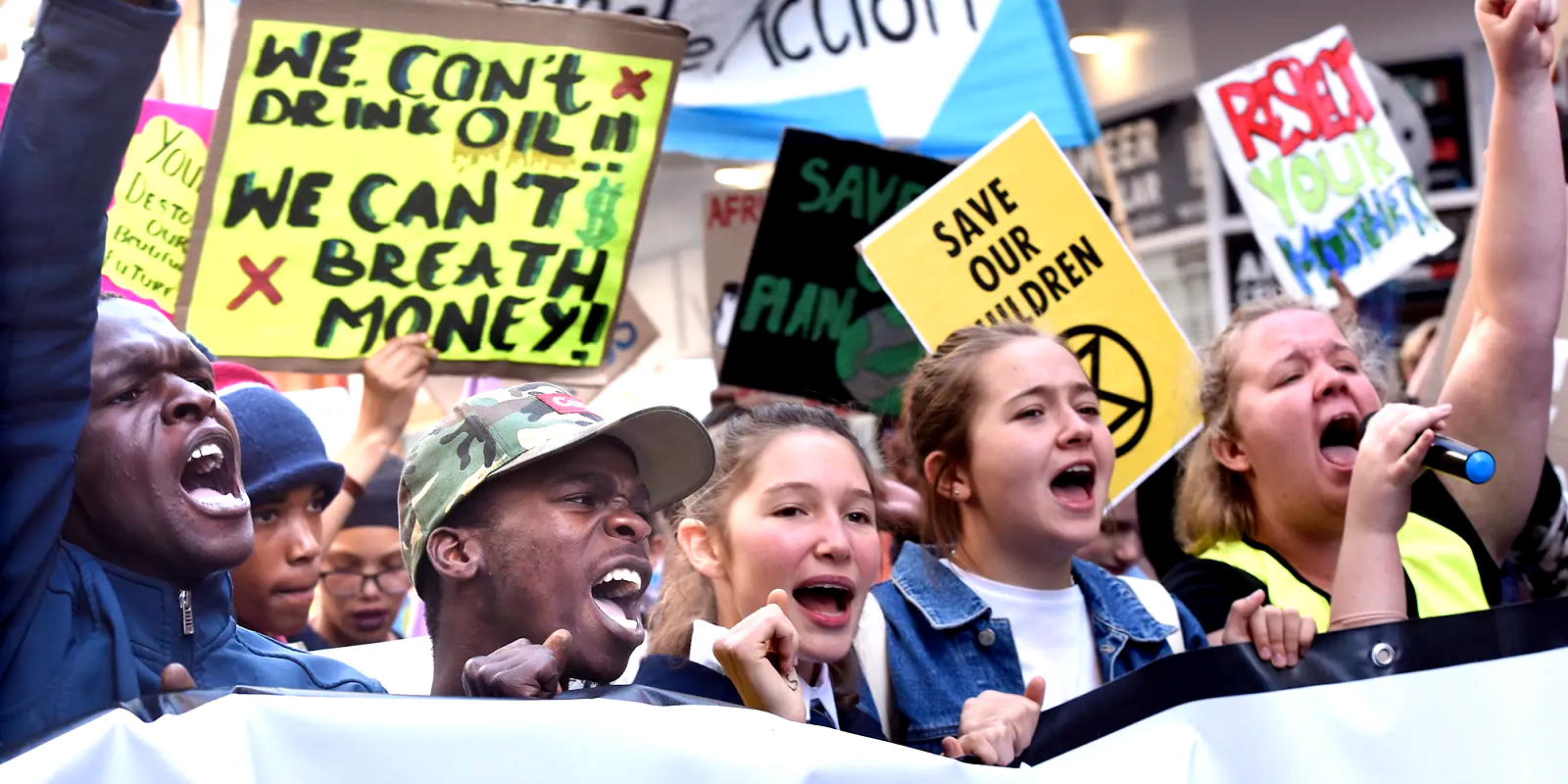
Hundreds of schoolchildren make their way from Parliament to City Hall during the Youth Climate March in Cape Town on 14 June 2019. (Photo: Gallo Images / Brenton Geach)
Not only has South Africa ratified the CRC but many of the rights have a parallel counterpart in the South African Constitution. South Africa must therefore take heed of the content of GC26 in regard to the measures it is obliged to implement to mitigate the negative impacts of climate change.
Unpacking the parallel rights in the CRC and the Constitution
The right to non-discrimination is protected in Article 2 of CRC and S9 of the Constitution. GC26 notes that particularly vulnerable groups of children, such as those living with disabilities, are most likely to be affected by climate disasters. Thus, states are required to pay “special attention to groups of children who are most at risk, and to implement special measures and policies” to protect them.
The best interests of the child principle is protected in Article 3 of the CRC and S28(2) of the Constitution. GC26 notes that this requires that the adoption and implementation of environmental law and policy must be guided by child rights assessments to assess the potential of environmental harm to children.
Currently in South Africa there is already litigation relating to environmental harm and the best interests of the child. The #CancelCoal court case is a constitutional challenge against the government’s plans to develop 1,500 megawatts of new coal-fired electricity generation. The environmental and climate justice organisations bringing the case are the African Climate Alliance, a youth-led organisation, Vukani Environmental Justice Movement in Action, and groundWork. These applicants argue that the government’s plans to develop new coal plants threaten not only the rights to an environment not harmful to the health or well-being of present and future generations in South Africa, but also the rights to life, dignity and equality, as well as the best interests of the child.
The right to life is protected by Article 6 of the CRC and S11 of the Constitution. GC26 therefore requires states to protect children “from foreseeable premature or unnatural death and threats to their lives” including from business actors. For example, exposure to toxic pollutants can cause disease and impairments.
Read more in Daily Maverick: Women Warriors are spearheading the climate justice movement in South Africa
GC26 also elaborates on a host of civil and political rights that seek to (i) enhance and ensure the meaningful participation of children in decision-making processes on issues relating to climate justice; (ii) protect their rights to protest and (ii) to demand information on climate change. These rights include the right to be heard (Article 12 of the CRC, S16 of the Constitution); freedom of expression, association and peaceful assembly (articles 13 and 15 of the CRC, sections 16 to 18 of the Constitution); access to information (articles 13 and 17 of the CRC and S32 of the Constitution). In elaborating on the need for such protection, GC26 notes the significant role that child activists themselves have played in raising awareness of the climate crisis and that they have also been at the vanguard of several environmental and climate change cases. Given their ongoing role and the crackdown on dissenting voices across the globe, child human rights defenders’ voices must be heard and protected.
The right to be free from all forms of violence is protected by Article 19 of the CRC and S12 of the Constitution. GC26 notes: “Poverty, economic and social inequalities, food insecurity and forced displacement aggravate the risk that children will experience violence, abuse and exploitation.” It therefore requires that states “adopt cross-sectoral measures to address the drivers of violence against children linked to environmental degradation”.
The right to the highest attainable standard of health is protected by Article 24 of the CRC. GC26 notes the health threats to children related to climate change – environmental pollution, biodiversity loss and the degradation of ecosystems – and the often-overlooked mental health impacts of the climate crisis, or “eco-anxiety”. To protect this right, states are required to (i) take mitigating steps to limit or prevent health impacts and (ii) provide access to public healthcare services that are adequate to respond to environmental health hazards and climate disasters.
The right to social security and an adequate standard of living is protected in articles 26-27 of the CRC. In this regard, GC26 requires that states “strengthen child-centred poverty alleviation programmes in the areas that are most vulnerable to environmental risks”.
The right to education is protected in articles 28 and 29 of the CRC. GC26 identifies two key interventions required. First, school curriculums should be tailored to promote an understanding of the climate crisis and teach climate justice. Second, GC26 requires that states build safe, healthy and resilient infrastructure. Following the 2022 KwaZulu-Natal floods, our government reported that more than 630 schools had been affected and that 124 of them had suffered extensive damage. This is notwithstanding the long-existing school infrastructure backlog. Yet, despite the importance of the education sector and the dire effects of climate change on education, the Department of Basic Education was not included among the departments that are mandated to formulate a “Sector Adaptation Strategy and Plan” in the Climate Justice Bill.
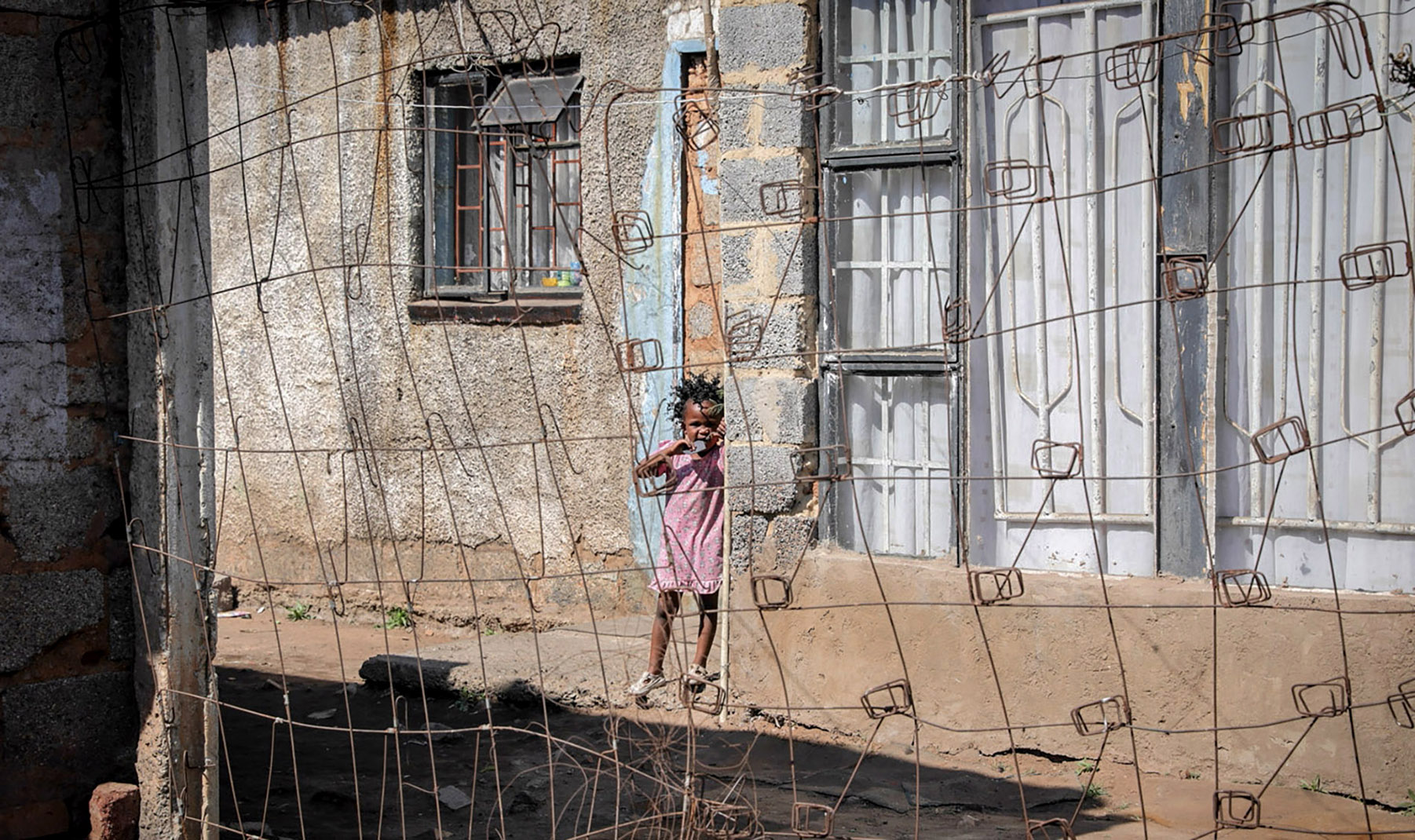
The United Nations Children’s Fund has warned that heatwaves are especially damaging to children, since they are less able to regulate their body temperature compared with adults. (Photo: Sebabatso Mosamo / Sunday Times)
In our Constitution, children’s socioeconomic rights to healthcare services and social security in S28(1)(b) and the right to basic education in S29(1)(a) receive priority protection as unqualified socioeconomic rights. Our courts have repeatedly and emphatically stated that this means that these rights must be immediately realised. Within this context, GC26 emphasis on child rights assessments in lawmaking processes is even more significant.
Finally, the GC emphasises the right to a clean, healthy and sustainable environment as the overarching obligation implicitly protected by the CRC and explicitly protected in S24 of our Constitution.
Progressive legal principles
Apart from the guidance provided as to the rights implicated and the obligations on states to protect children, GC26 also pioneers and develops progressive legal principles to meet this dire moment.
First, there is the recognition of the “principle of intergenerational equity and the interests of future generations”. This refers not only to protection of the rights of children who currently exist but also to those who are yet to be born and requires that states take the responsibility for foreseeable environment-related threats arising. It is noteworthy that S24(b) of our Constitution also requires that everyone has the right to “have the environment protected, for the benefit of present and future generations”. This then necessitates that states take not only short-term but also long-term measures to address climate change.
Second, not only does GC26 elaborate on a repertoire of potential remedies to facilitate access to justice for children, but it also recognises the principle “transboundary harm”. This is a jurisdictional issue, thus a state may be held responsible for environmental harm caused to children outside of its geographical boundaries if the carbon emissions emanating from that state were affecting children from other states. This is particularly important if the Carbon Majors are to be held accountable for their carbon emissions in the Global South.
In September 2019 in the case of Sacchi et al v Argentina et al, 16 young people, including the well-known Swedish climate justice activist Greta Thunberg and South African activist Ayakha Melithafa, filed petitions with the CRC Committee alleging that Argentina, Brazil, France, Germany and Turkey violated their rights under the CRC because these states were not implementing sufficient cuts to greenhouse gases and were failing to encourage the world’s biggest emitters to curb carbon pollution. In October 2021, while the committee rejected the petitions because the children had failed to exhaust domestic remedies, it nevertheless acknowledged the principle of transboundary harm, thus paving the way for future child-centric, climate-related cases.
Third is the necessary recognition of the role of the private sector in potential environmental destruction. Thus, GC26 requires that businesses conduct environmental impact assessments and adopt children’s rights due diligence procedures to ensure they have measures in place to address actual and potential adverse climate change-related impacts on children’s rights.
GC26 is a monumental step in the progress that must be made in the development of a normative framework for climate justice. South Africa is obliged in terms of the CRC and our Constitution to protect our children from the negative impacts of climate change, so let’s hope we take GC26 seriously! DM
Dr Faranaaz Veriava is a senior lecturer in the Faculty of Law at the University of Pretoria and head of the Education Rights Programme at SECTION27.










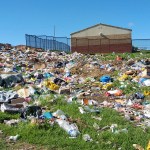
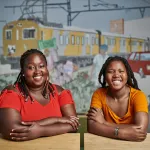








 Become an Insider
Become an Insider
Hahahahahaha